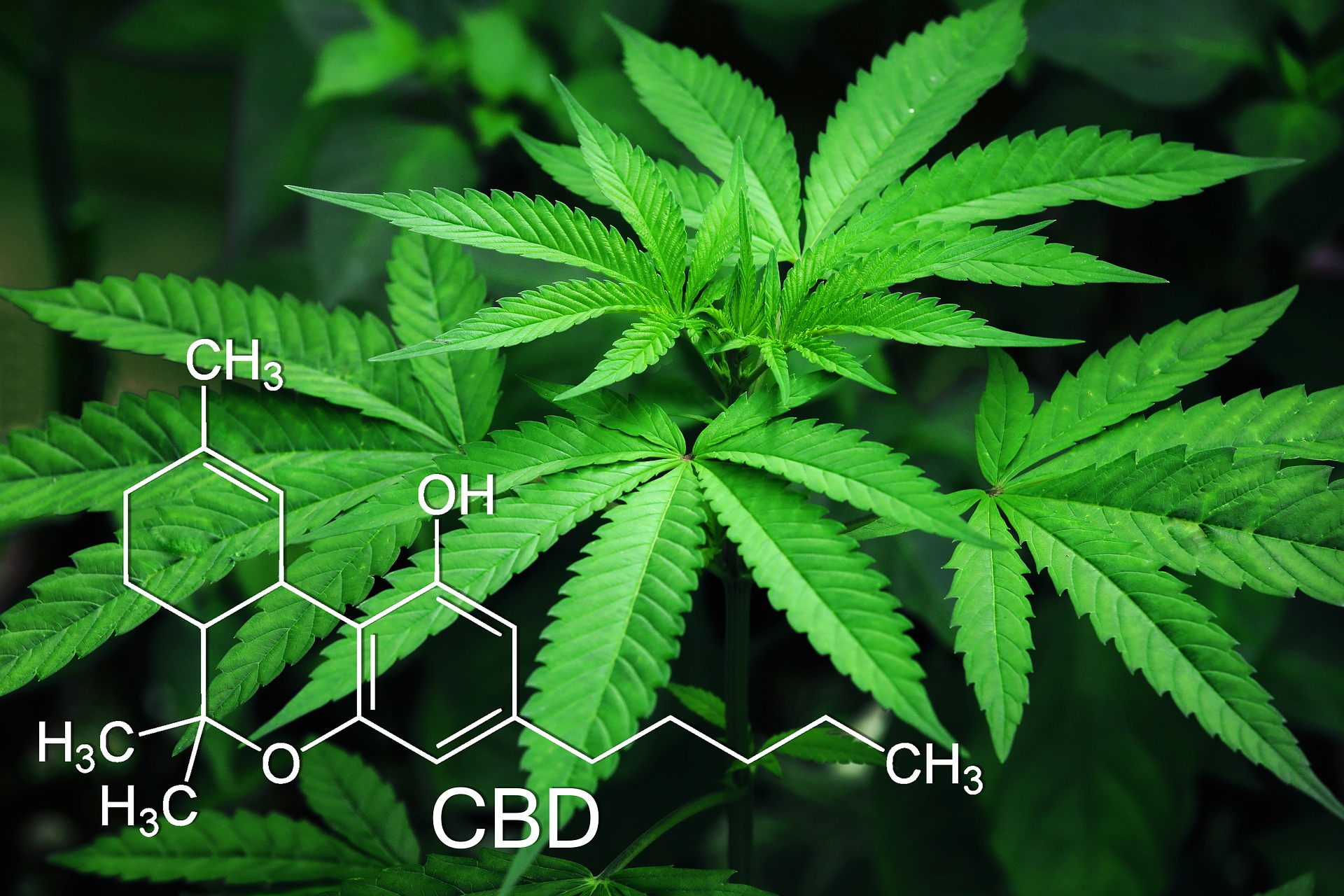Presentation and Legalization of Marijuana

At present, there are ten states and the District of Columbia with enactment that permit sporting or restorative utilization of weed. A few different states additionally have laws that legitimize the utilization of cannabis for sporting or therapeutic use. Among the states that permit sporting utilization of weed for grown-ups 21 years and more seasoned are Alaska, California, Colorado, Maine, Massachusetts, Michigan, Nevada, Oregon, Vermont and Washington. Different states take into account restricted utilization of clinical pot as oils, pills and cannabis-mixed items; most states have likewise decriminalized ownership of modest quantities of weed. Clinical utilization of pot for explicit conditions fluctuates in various states; for instance use in serious epileptic conditions are reasonable in Alabama and Mississippi.
California was the main state to legitimize clinical pot in 1996 with Colorado and Washington being the initial two states to pass enactment permitting sporting utilization of maryjane in 2012. Information from retail deals of maryjane in Washington show deals of right around 2 billion dollars with charge income coming to $700 million dollars from 2014-2019.1 The province of Colorado reports expanding retail weed deals with a slight lessening in the offer of clinical weed.
Retail deals of weed in Massachusetts had exchanges worth more than 23 million dollars in the initial two months, with an expense of 17% profiting the commonwealth.3 Legalization considers use by people in general, yet in addition permits unofficial law and checking of deals for charge income and authorizing. A few supporters of legitimization of pot feel decriminalization is the initial move towards authorization. Decriminalization demonstrates that the movement is as yet unlawful, yet requirement and punishments are not as extreme.
Overviews of the overall population have demonstrated an increment in help and acknowledgment for legitimization of pot needs to 62%, when contrasted with only 16% in 1990. This acknowledgment in interpreted by more youthful clients as protected with negligible wellbeing results.
Weed is viewed as a Schedule I substance by the national government under the Controlled Substance Act, which is portrayed to have no perceived therapeutic use and an expected danger for misuse. New enactment has been presented by two representatives in Florida, Matt Gaetz (R) and Darren Soto (D) to change the situation with maryjane to a Schedule III medication of the Controlled Substance Act which shows potential for misuse and may prompt moderate actual reliance or high mental reliance.
The contention over the clinical uses for pot (cannabis) proceeds as the American Medical Association (AMA) has delivered a November 2013 proclamation that “cannabis is a perilous medication and as such is a general wellbeing concern however recognized the changing perspectives toward weed among the American public.” The AMA empowers proceeded with exploration of weed and expected clinical employments. At present the ailments for which patients can utilize cannabis as controlled by enactment are: malignant growth, glaucoma, HIV/AIDS, muscle fits, seizures, serious agony, extreme sickness and cachexia (weight reduction, muscle decay, exhaustion and loss of hunger). In particular, remedial advantages for spasticity side effects of Multiple Sclerosis (MS) are being considered, and the utilization of cannabis for disease torment is recommended. In specific states, other crippling ailments can warrant the utilization of cannabis: amyotrophic sidelong sclerosis (ALS or Lou Gehrig’s Disease), Alzheimer’s sickness and post-awful pressure issue (PTSD). Engineered cannaboids that are endorsed like Marinol (Dronabinol) and Cesamet (Nabilone) are named Schedule II and III and utilized for the queasiness and loss of hunger with chemotherapy patients. Clinical preliminaries utilizing Sativex® for use in MS spasticity and malignant growth torment are as of now in Phase II and III examinations in the U.S, however effectively being used in Europe. Until this point, the AMA explanation has not changed their position, however a little gathering of doctors as detailed by the Washington post in April 2016 are embracing the authorization of cannabis for grown-up sporting use, refering to guidelines can assist with public security.
Insights of cannabis use in the U.S. from a public overview by the National Institute on Drug Abuse from 1996-2018 demonstrate every day utilization of maryjane is most noteworthy among secondary school seniors, with a diminished use among eighth graders (Figure 4).12 Vaping nicotine or potentially cannabis has expanded over all age gatherings (eighth graders – 12 graders), with cigarette use declining (Figure 5). Pinnacle utilization for pot happens in the late youngsters and mid twenties, yet somewhat not exactly 50% of grown-ups surveyed by the Pew Research Center uncover utilizing pot with 12% utilizing it in the previous year.
The synthetic in cannabis, delta-9-tetrahydrocannabinol (THC) that objectives the cannabinoid receptors has been resolved to be more strong today than it’s anything but years and years prior during the 1980s. The THC focuses arrived at the midpoint of 15% in 2012, contrasted with 4% during the 1980s. This higher fixation may build the danger of impacts from the medication as well as the possible habit.
The quantity of trauma center (ER) visits in 2008 reported in the U.S. associated with cannabis use has consistently expanded to more than 370,000, especially in the 12-17 year advanced age bunch. Information from the Children’s Hospital in Denver Colorado has shown an expansion in ER visits from 106 out of 2005 to 631 of every 2014, when sanctioning happened. Because of the effect on judgment and insight, driving can be perilous when smoking pot and after liquor, it is the second most continuous substance found in drivers ensnared in deadly car crashes.